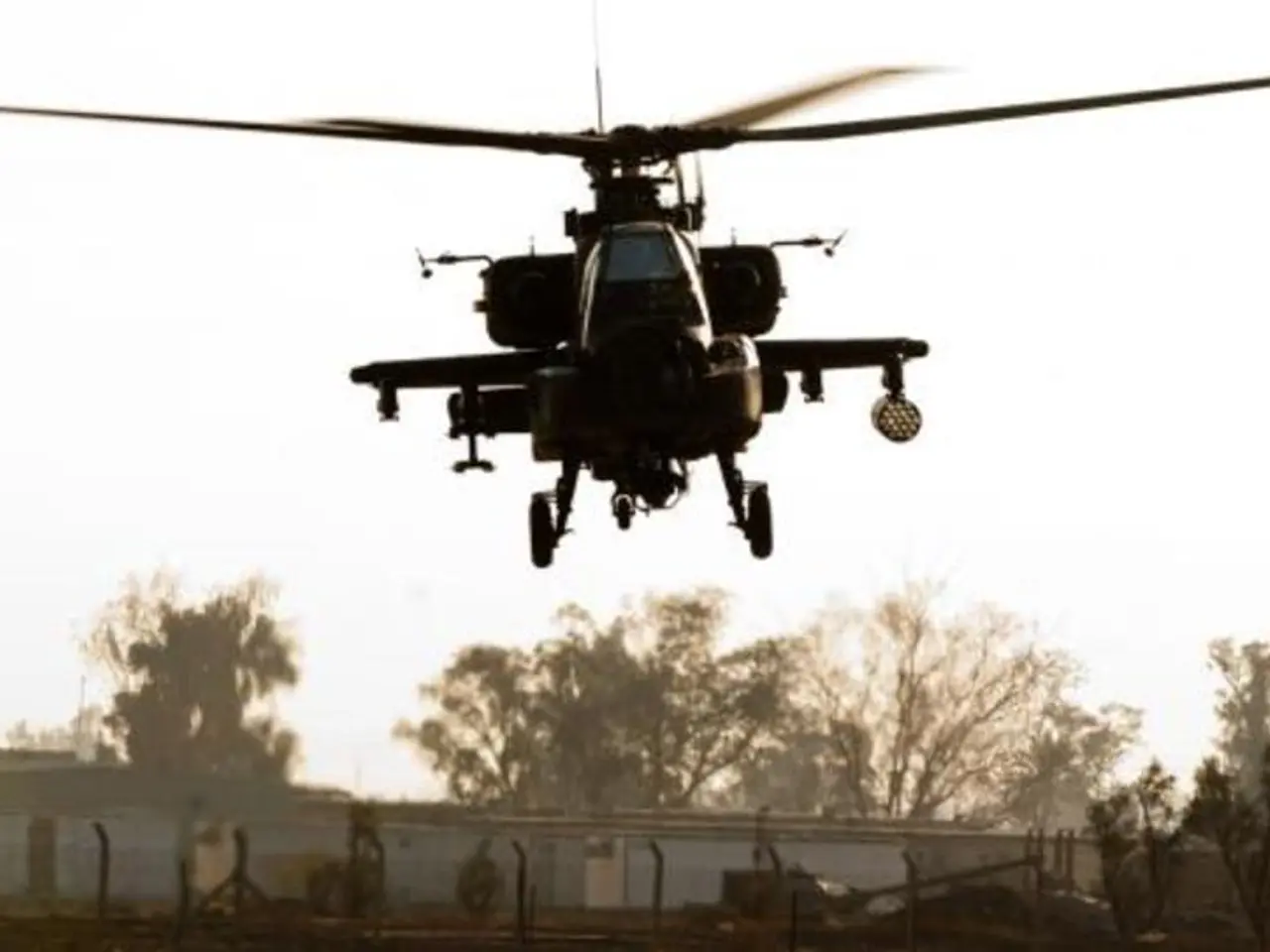"Examining the Differences: Ancient Drones versus Current Unmanned Aerial Vehicles"
In the realm of technology, few advancements have been as transformative as the evolution of Unmanned Aerial Vehicles (UAVs), or drones. From their humble beginnings in the World War I era to their current status as versatile, intelligent systems, UAVs have come a long way.
The early drones, such as the Kettering Bug (1918), were rudimentary cruise missiles with significant limitations, including low accuracy, unreliable flight controls, and a lack of advanced navigation systems. Fast forward to the 1970s and 80s, and military use began to evolve with drones like the Israeli Scout and Pioneer, representing lighter, glider-type UAVs primarily for real-time surveillance, electronic warfare, and decoys.
However, modern UAVs are a far cry from their early counterparts. They have significantly improved endurance, payload capacity, and operational capabilities. Today's drones can perform precise strikes, carry advanced sensors, and operate autonomously or semi-autonomously.
One of the key factors driving this transformation is the integration of high-quality cameras and sensors, which became a hallmark from the 1980s onward. Notable consumer drone advances emerged in the 2010s through manufacturers like DJI, revolutionizing aerial filming and expanding drone use beyond military applications.
Moreover, the use of Commercial-Off-The-Shelf (COTS) hardware has made modern small drones affordable and flexible, competing directly with military tech. This affordability has led to UAVs becoming ubiquitous in civilian contexts, influencing industries and reshaping societal norms.
Modern UAVs are no longer limited to military use, but have become integral to industries such as agriculture, delivery services, disaster response, and filmmaking. They are constructed from lightweight, durable materials such as carbon fiber and composite polymers, and often use electric motors powered by rechargeable lithium-ion batteries.
In specialized applications, micro harmonics filters are being used to ensure precision in high-frequency data transmission. The future of UAVs envisions urban air mobility (UAM) systems as passenger vehicles, and the integration of swarm technology for collaborative tasks.
The Radioplane OQ-2, created in 1939, was a significant advancement, marking the first mass-produced drone in history. During World War II, drones evolved into more practical tools, particularly for reconnaissance and training purposes. The Cold War era brought further advancements in drone technology, driven by the need for improved intelligence-gathering capabilities.
The Ryan Model 147 Lightning Bug, used extensively during the Vietnam War for surveillance missions, was an example of a reconnaissance drone from the Cold War era. In healthcare, UAVs are being explored for use in transporting sensitive biological materials between labs and clinics.
In essence, modern UAVs are a quantum leap beyond early drones in terms of sophistication, cost-effectiveness, functionality, and battlefield impact. They have evolved from simple remotely controlled aircraft to versatile, intelligent systems central to modern military operations and civilian applications alike.
Gadgets and tech have played a significant role in the evolution of drones, with advancements in cameras, sensors, and materials leading to a transformation in drone capabilities. Today's drones, or UAVs, have improved endurance, payload capacity, and operational capabilities, making them valuable assets in industries such as agriculture, delivery services, and filmmaking.




